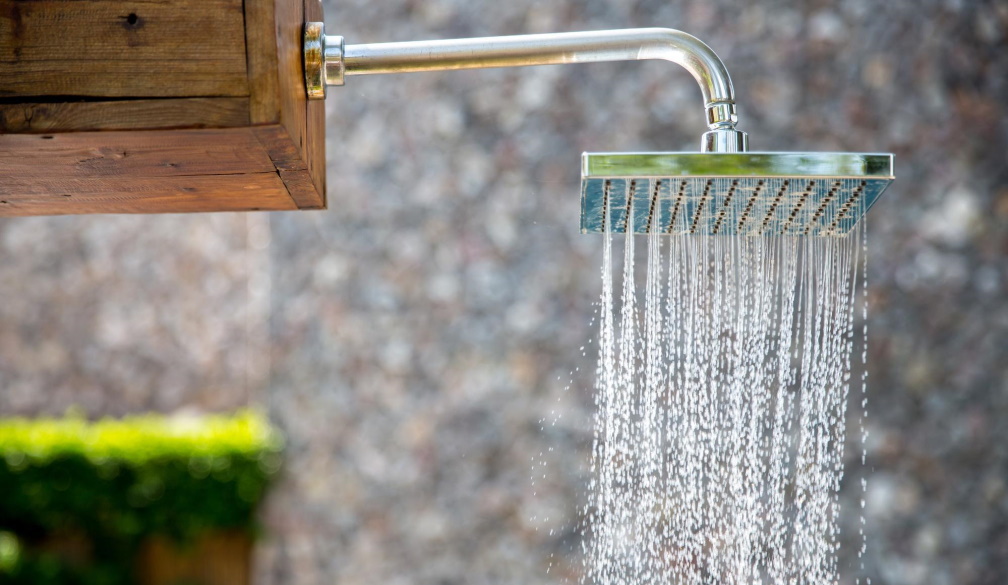What Are You Paying for Water in Hills District?
- Written by NewsServices.com

Sydney enjoys some of the cleanest water in Australia. Most of this water comes from natural sources such as Lake Burragorang in Warragamba.
The water then goes through careful filtration and testing to ensure high quality and safety before consumption.
So, what are you paying for water in the hills district? This article explores the average water costs in Sydney's Hill District and practical tips for reducing your monthly water bills.
Average Water Costs
It’s essential to note that your precise water bill may be lower or higher depending on your usage, time of year and water restrictions. Sydney also has a flexible usage price, where prices increase by 35% if dam water reduces to below 60% of water.
On average, one household consumes 0.56 kiloliters (Kl) per day, which translates to 3.92 kilolitres per week and 203.84 Kl per year. Currently, drinking water costs $2.35 per Kl; you can estimate water costs of about $9.21 per week or $479.02 annually.
This average is for normal water usage, but if the dam water levels fall below 60%, the weekly costs can increase to $12.47. The $3.25 difference equals the 35% increase implemented by the Independent Pricing and Regulatory Tribunal (IPART).
Once the water dam levels return to normal, the water prices also resume at regular rates.
Water Cost Components
Besides your water consumption, you'll need to pay for other aspects such as wastewater removal and treatment, pipe maintenance and service charges.
Every quarter, your bill will include fixed charges such as:
-
$12.35 for tap water if your home has a metre
-
$19.76 for stormwater if your home is in a stormwater catchment area
-
$138.64 for sewerage and wastewater treatment
If you’re renting your house, the landlord will cover most or all the above charges while you pay the water consumption rates. However, if you own the home or are paying a mortgage, you’ll need to cover these fixed charges.
You can also compare your household bills and usage rates with neighbouring households without knocking on your neighbours'. The bill has a summary of other homes near you so you can compare with similar home sizes to see your usage.
It will motivate you to take the necessary action to minimise consumption and save costs.
Tips for Reducing Your Bills & Savings
Understanding your water usage helps you identify ways of reducing water consumption in your household.
You can manage water usage by:
-
Saving Rainwater
Rainwater is an excellent alternative for tasks outside your house, such as washing your car and dogs or irrigating your flowers and garden. You can use large containers or cisterns if your home doesn't have the space or funds to install a water tank professionally.
-
Fixing Any Leaks
Over time, leaking taps and faucets contribute to thousands of litres of wasted water. Most leaks are visible, but it's essential to confirm if you suspect any leaks or pipe issues in out-of-reach places.
You can test by turning off all running in the house and then checking your metre to see if it continues running.
-
Upgrading Your Home for High Efficiency
Older homes often have multiple weak points where water wastage occurs. You can start by upgrading the flow regulators, toilets and showerheads to see the difference.
Modern showerheads help to save more water per shower compared to older models.
Tap aerators or water flow regulators help to introduce more air into the running water. It gives you the feeling of touching the same volume of flowing water as before. It also ensures more efficient heating, saving your power bills simultaneously.
Low-flow toilets are equally effective but use less water. Consider upgrading to newer toilet models to save on water consumption.
-
Turning Off the Tap While Brushing and Shaving
When shaving or brushing, it’s essential to ensure you turn off the tap. If you have to use the sink, you can plug the drainage to trap some clean water for your razor.
-
Using an Automatic Dishwasher
An automatic dishwasher consumes less water than hand washing your dishes. You can plug the drainage and wash the plates instead of running water if you prefer hand washing.
Conclusion
Being conscious of your water usage helps reduce the cost of water in your home while easing the pressure on our natural resources. These tips are simple and doable, yet they have a surprising effect.























